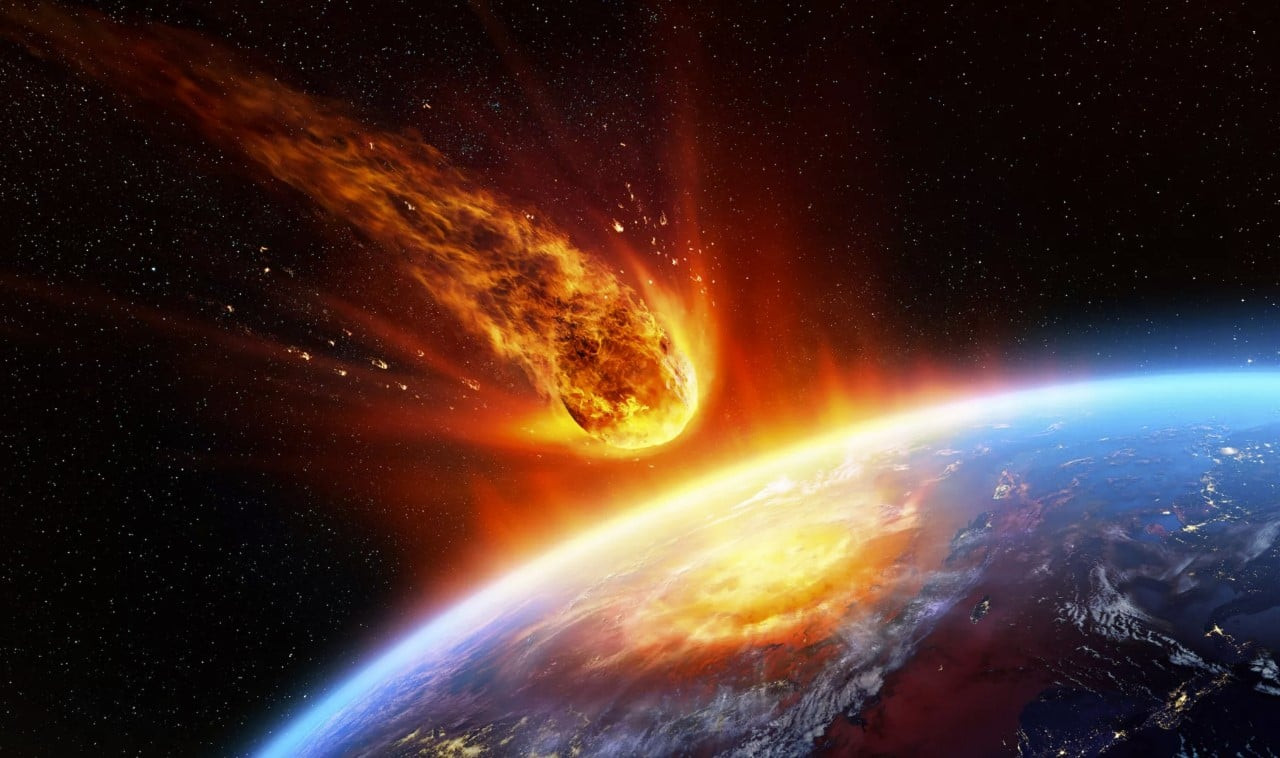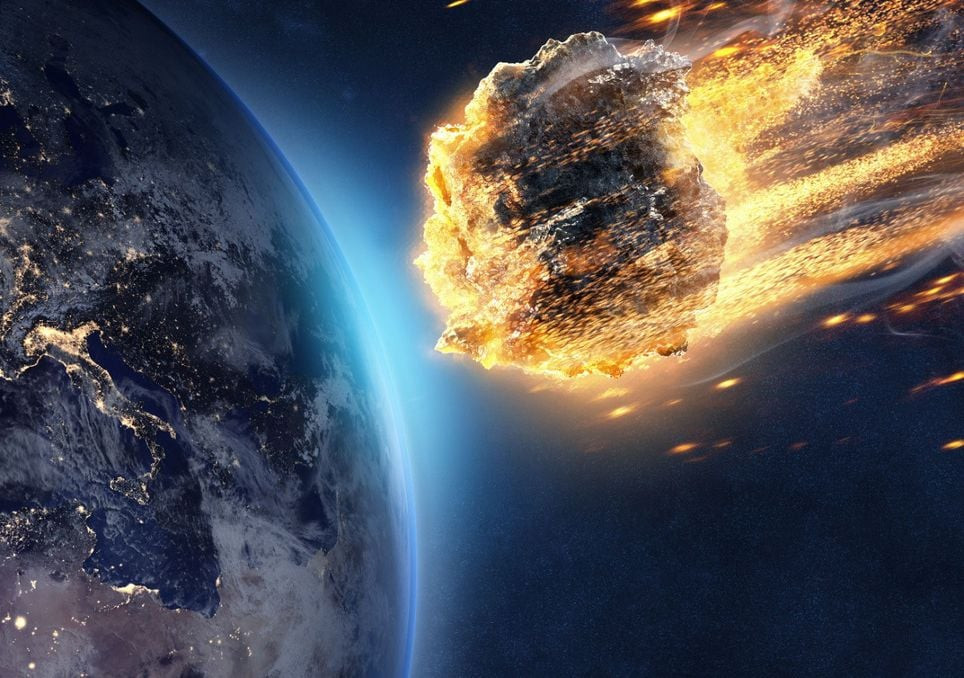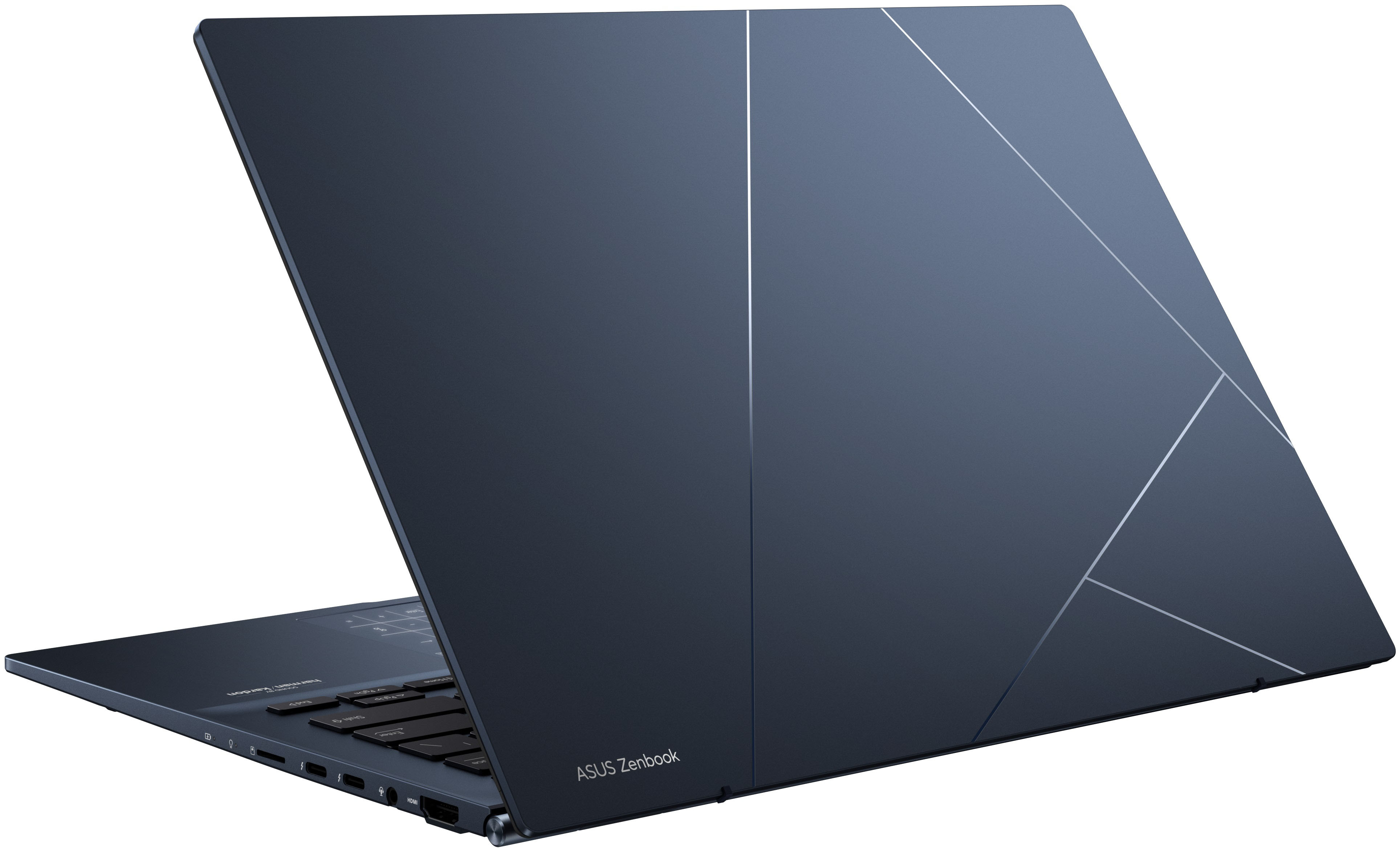The researchers said that of all the cosmic bodies they have studied that struck Earth in the last 500 million years, only the one that exterminated the dinosaurs was a water-rich asteroid. Objects that originate closer to the sun are much drier, said François Tissot, a professor at the California Institute of Technology who co-wrote the paper.
"Every other impact was something with an object that was nearby the sun that happened to encounter here," Tissot said. "So the one that killed the dinosaurs is really special in two ways — by what it did, and also by where it originated."
This apocalyptic object is what created the Chicxulub crater on Mexico’s Yucatán Peninsula. Although researchers could not study a direct sample of the asteroid since it was destroyed, Tissot explained that dust from the impact fell back to Earth, allowing them to study the fine particles that were deposited in Earth's layers.
Specifically, they studied the element ruthenium, which is extremely rare on Earth and could be definitively traced back to that asteroid.
The study confirmed previous findings that identified the asteroid as a carbonaceous-type, or C-type, asteroid, but refuted a 2021 hypothesis that the dinosaur killer was likely a comet.
"Comets come from very far from the sun, but they're mostly made out of ice and dust," Tissot said. "No comet has been measured for ruthenium so we don't have a comparison point, but based on other indicators from other elements that the community over time has been able to measure, it seems very unlikely to be a comet."
Analyzing Ancient Dust for Clues
Tissot remarked that the study was a step forward in efforts to understand the evolution of our planet.
"If there are enough studies made across the history of the earth, then suddenly we have a record of all of Earth's evolution," he said, "And we can start to ask other questions."
A Fragile Asteroid From the Outer Solar System
A new chemical analysis confirms the Chicxulub impactor was a fragile type of asteroid that formed in the outer solar system, unlike several other ancient impactors.
Some 66 million years ago, a roughly 10-kilometer-wide asteroid slammed into what today is the Yucatán Peninsula in Mexico. The debris thrown into Earth’s skies would have plunged our planet into a chilly gloom, deadly for the photosynthetic life that formed the base of the food chain.
Scientists still debate whether this event was solely responsible for the mass extinction of at least 60% of Earth’s species (including the dinosaurs), or whether it partnered with a climate catastrophe caused by volcanic eruptions that flooded India at the same time, or whether the volcanic calamity had already sealed the dinos’ doom before the asteroid hit.
But regardless, the Chicxulub impact certainly left its mark. In addition to a 200-km-wide scar along the Mexican coastline, the event left a thin layer of clay in the global sediment record. Previous studies of this layer have found rare elements best explained as asteroid debris, particularly a type of asteroid called a carbonaceous chondrite.
Carbonaceous chondrites are dark, primitive objects — some of the most primitive stuff left in the solar system. They’re fairly fragile and formed in the outer solar system, but today they’re found throughout the asteroid belt between Mars and Jupiter.
A Unique Impact in Earth's History
Studies of other ancient impactors from the last several hundred million years have instead fingered stony asteroids, tougher objects that formed in the inner solar system and today dominate the inner asteroid belt. That would make Chicxulub a rarity.
Mario Fischer-Gödde (University of Cologne, Germany) and an international team of scientists have now taken another look and confirmed that Chicxulub really was a carbonaceous chondrite.
The team used ruthenium, one of the platinum-group elements that are found in meteoritic material but are rare on Earth. Bodies will have different proportions of ruthenium’s isotopes depending on where they formed in the solar system, with objects that formed closer to the Sun containing more Ru-102 and Ru-100 than those that coalesced farther out. Each meteorite group has its own “genetic fingerprint,” the authors explain in the August 16th Science. So by measuring the impactors’ isotopic ratios, scientists can determine where the body formed.
Finding the Killer Asteroid's Signature
The researchers looked at ruthenium levels in three samples from the Chicxulub sediment layer in Europe, as well as samples from five other impact structures with ages between 36 to 470 million years from around the world. They also looked at samples of a far older layer of impact debris from South Africa. This layer of tiny spheres of melted material formed between 3.5 and 3.2 billion years ago — the oldest evidence we have of large asteroids pelting our planet.
All samples had ruthenium levels distinct from Earth’s and matched different types of meteorites (and, therefore, asteroids). Chicxulub stood out as the lone carbonaceous chondrite. Importantly, it’s not a match for a specific type of carbonaceous chondrite known as CI. CI meteorites are thought to be similar in composition to comet nuclei. Some scientists have suggested that Chicxulub could have been a comet, although that theory was on shaky ground. If CI chondrites really are comet proxies, then the comet theory is out, the authors write.
The other five impactors are indeed stony asteroids. The ancient spherules are more complicated: The ruthenium levels favor stony asteroids, but previous results using chromium exclude that. The mystery impactors that created the spherules might instead have been carbonaceous. They could be the vestiges of Earth’s final stages of growth, the authors note.
A New Tool for Tracing Asteroid Origins
The study is excellent and the first to use ruthenium to identify the Chicxulub impactor’s origin, says Honami Sato (Kyushu University, Japan), who has worked extensively on Chicxulub but was not involved with the current study. Scientists have previously used chromium for this purpose, but ruthenium is more resilient against terrestrial contamination or modification by the impact process, both Sato and Fischer-Gödde explain.
About 80% of known meteorites are stony, whereas carbonaceous fragments are rare. “I think our data for terrestrial impact structures mirrors this evidence from the meteorite record quite well,” Fischer-Gödde says. However, that doesn’t mean the same was true throughout Earth’s history, he cautions.
In fact, a 2021 study looked at the dynamics of which kinds of big asteroids would make it to Earth. The results suggested that about half of the whoppers that hit us may have been dark, primitive objects like Chicxulub.
Uncovering More Mysteries of the Past
For now, scientists don’t have evidence for other large, carbonaceous impactors like Chicxulub and whatever made the ancient spherules, Fischer-Gödde says. “But we will keep on searching.”
Given this result, researchers can also explore how different compositions might change an impactor’s effect on the global environment and ecosystem, Sato notes.
The End of the Story? Not Quite
Can the story of the dinosaur-killing asteroid now be considered complete? Not yet, according to Kring, who noted more sophisticated techniques and instruments in the future should continue to probe the nuances of the space rock's nature. For instance, while the new study rules out that the dinosaur-killing space rock was a comet, which a 2021 study had suggested, scientists don't yet have pristine data on the diversity and distribution of comets in our solar system, Kring said. "So simultaneously, it is hard to prove that it wasn't a comet," he said. "Science rarely comes to a full stop."
That data collection effort is likely to be spearheaded by NASA's Artemis program in the coming years, he said. The program aims to collect and bring to Earth a suite of lunar samples that would contain the ancient, unchanged remnants of the asteroids and comets that bombarded both Earth and the moon early in their history, among several other potential findings.
"When Artemis really gets up and running, there's going to be an explosion of knowledge," Kring said. "It's going to be spectacular."


















